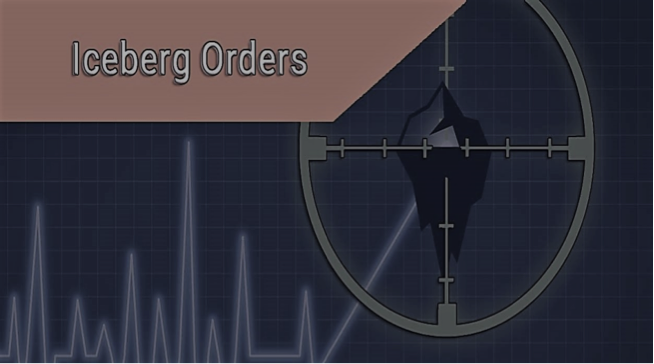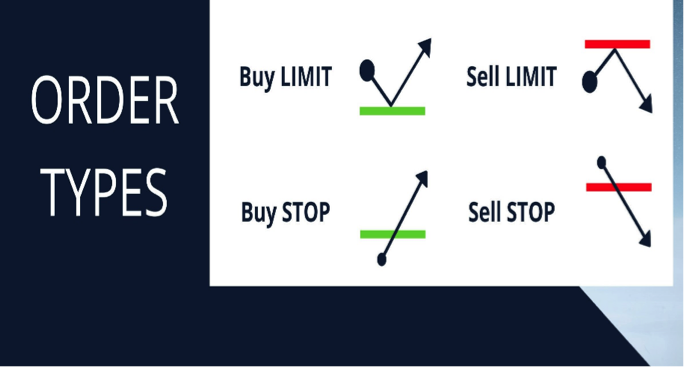Contents
- What is an Iceberg Order?
- The Basics of Iceberg Order
- How do Iceberg Orders Work?
- How do Market Participants Identify an Iceberg Order?
- How to Place an Iceberg Order as Institutional Investors?
- Final Verdict
- FAQs
What is an Iceberg Order?
Iceberg Orders are single orders that are large enough to be divided into small orders with limits. It is also the order to buy or sell financial security in large quantities.

Instead of entering them as single large sell order, a market maker breaks them into smaller orders.
These processes are done through the use of an automated program to help disclose the real quantity of the order.
Everyone knows the saying “it’s just the tip of the iceberg” and in this situation, the saying helps to describe large buy order that have been reduced to several small orders.
So the orders that are visible to the day traders are just a tip of the total order quantity.
Iceberg order can also be referred to as Reserve Orders and it is a technique or limit order that involves buying or selling securities in large quantities.
Take an instance of a large trade placed large institutional investors to buy 40,000 shares; the iceberg order breaks the large order into numerous small orders.
The market makers can decide to break the order by 4 to avoid disrupting trading markets. The market maker would break the order of 40,000 shares to be: 15,000, 10,000, 5,000, and 10,000.
Since institutional traders are those that deal with securities in enormous quantities, they have no choice but to utilize iceberg orders.
Reserve orders has become a trading technique that aids these traders get the best bid price for stocks and other securities. Traders profit from iceberg orders by buying shares higher than the supposed price level.
Also Read: Copy Trading
The Basics of Iceberg Order
With our explanation above we can agree that iceberg orders are used by large traders to carry out buying and selling of large security orders for their portfolio.

These traders try to do this without disturbing the market rules.
On level 2 of order books, only a fraction of the large order is revealed and shown. The supply and demand of the stock market experience considerable changes which affect the price movements.
So the iceberg order helps in reducing the movement by concealing large orders of the entire trade.
There are cases whereby a large institutional investor places a large order that could result in an alarm. To curb the panic that might arise, several small limit sell orders are used to mask the selling pressure.
In another instance, an institutional investor that wants to buy shares would try not to place orders that someday traders will see and request because they want the lowest price available.
How do Iceberg Orders Work?
An order placed to buy the shares of a stock in large quantity will lead to an increase in the demand level of that single stock.
The cost of that stock will skyrocket as a result. For the order placed to sell the same amount of shares of a single stock, the stock price will be decreased.
Those called institutional traders carry out the amount of trade they desire in only a small portion. They do this with the hope that their total order size will not increase in stock price.
This is because the price of the stock can go against their order and prevent them from buying and selling at their price.
In iceberg order, when an institutional trader places a single large order, this entire order becomes evident to other market participants. The whole situation can affect the traders and their desired price in the short run.
Interactive brokers and market makers are likely to hop on the shares of stock that an institutional trader makes an order for.
These participants do this to buy the shares for themselves. Note that this pressure will lead to an increase in the price of stocks. It would also make the institutional trader pay higher than expected for the said shares.
How do Market Participants Identify an Iceberg Order?
To identify iceberg orders is easy as traders need to look out for a sequence of limit orders that recurs from a particular market maker.
The investor is likely to break up his order of 1 million into several unit orders so participants have to be vigilant. Picking up the order pattern and recognizing the orders are done by the traders as well.
Iceberg orders serve as an area of support and resistance when it comes to technical indicators, so traders can hop in and buy the shares above the level it was found.

In other news, traders can check the column of trades for a repeated print.
They should also check out the bid/ask price for the display size of the same print. When a potential iceberg is found, wait and see if it executes and reloads; then you know that it is an iceberg order.
Also Read: Binance Review 2022 Uncovered
How to Place an Iceberg Order as Institutional Investors?
Investors seeking to place an iceberg order should look out for trading platforms that offer what is known as Direct Market Access (DMA).

On your trading platform, open up a dealing ticket and find your way to market order type. It will be set to limit orders automatically so you need to adjust it to the iceberg.
Since iceberg orders allow traders to break up their large orders into small orders, you can benefit from it when you place your order.
Other traders can also benefit from the hidden liquidity of the trade since no one knows the extent of the whole order since it is hidden.
Final Verdict
An iceberg order is a strategy used in keeping transactional costs to a minimum while lowering the impact you might have on price. You can set limit price of your bid if you’re working on a large order to buy.
You won’t have to rush to the front of the line until every one of the tranches has been filled; this is the reason for the iceberg’s popularity.
Iceberg orders are used by many day traders to prevent the altering of market price and avoid exposure. You can make an educated guess if you see an iceberg in the order book; this is to see its true magnitude.
Note that an already spotted iceberg can still be hit a lot of times within a short period. It can either clear at once or take the whole day to clear up.

FAQs
Are iceberg orders illegal?
Is it possible that the employment of iceberg orders is considered deceptive under Rule 575. No. The use of iceberg orders is not deemed a breach of Rule 575 in and of itself.
According to the law above, iceberg orders are not illegal so traders, market makers, and participants can go on with their iceberg orders and entire investment that are related.
What is iceberg order Binance?
A conditional order that buy or sell a big number of assets in smaller predefined amounts to hide the total order quantity.
What is the iceberg or IOC?
An Immediate-Or-Cancel (IOC) order is a buy or sells order that must be filled right away. Any part of an IOC order that can’t be fulfilled right away will be canceled.
How do you identify an iceberg order?
Examine the trading column; if the same print appears, it may indicate the presence of icebergs on the surface. To determine the size of the offer/demand price, look at the offer/demand price.



